Brain Rewiring: New Studies Map How Learning Physically Changes Brain Connections
Recent studies have unveiled the brain's remarkable capacity to physically rewire itself during learning. Researchers have identified specific mechanisms, including the refinement of thalamocortical pathways and the role of AMPAR proteins in synaptic plasticity. These insights pave the way for potential new treatments for neurological disorders.
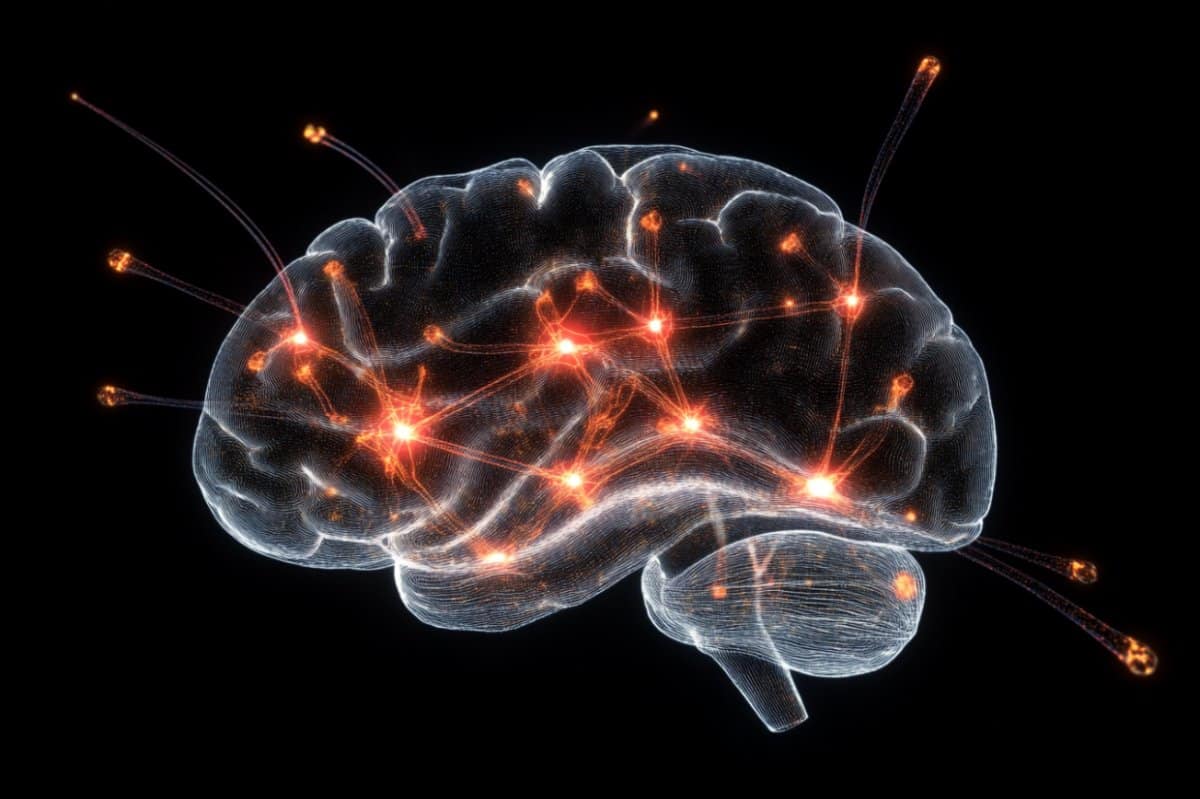
 Neuroscience News
Neuroscience News
 Nature
Nature
 Harvard Gazette
Harvard Gazette
 Medical Xpress
Medical Xpress
Learning Physically Rewires Brain Connections, Enhancing Motor Skill Precision
New studies on mice reveal that motor learning physically rewires connections between the thalamus and motor cortex, strengthening relevant signals and silencing unrelated activity. This neural sculpting refines motor skills, making communication faster and more precise. The groundbreaking research offers potential paths for therapies and neurotechnologies aiding recovery from neurological disorders marked by impaired learning.
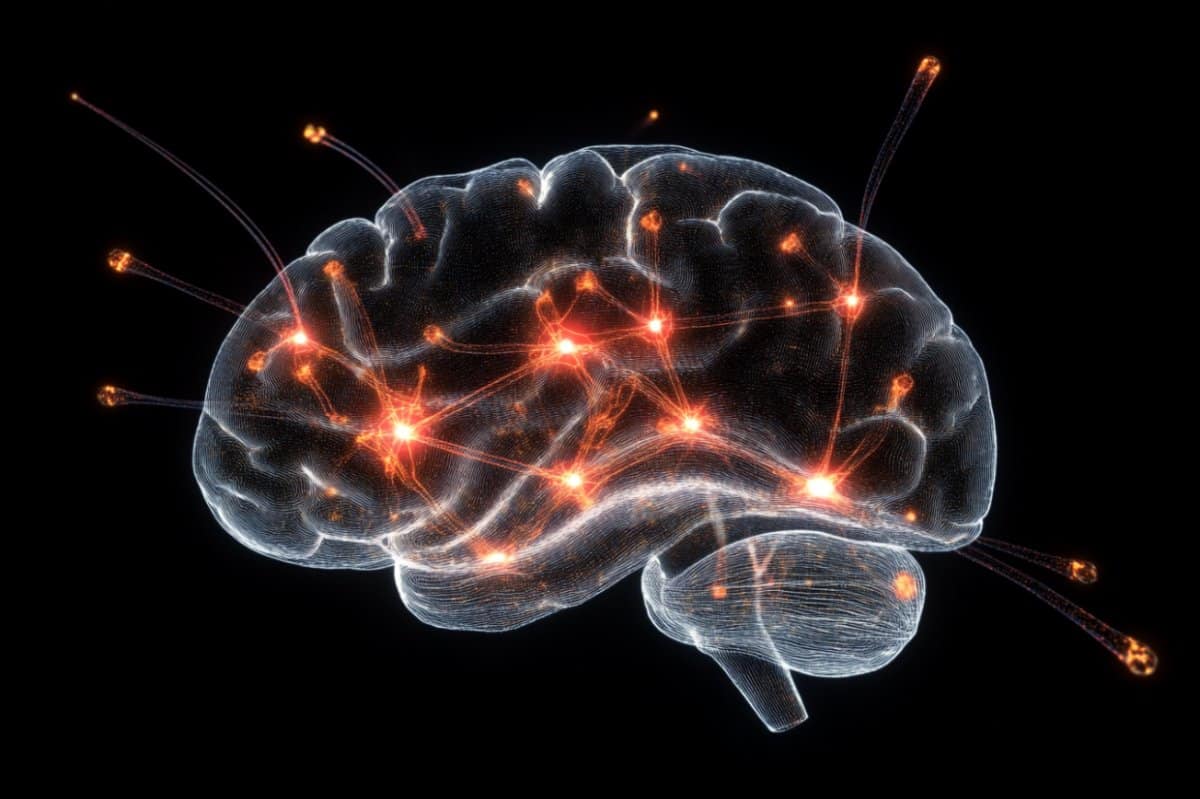
 Neuroscience News
Neuroscience News
 Nature
Nature
 Harvard Gazette
Harvard Gazette
 Medical Xpress
Medical Xpress
Matt Anderson Nominated as NASA Deputy Administrator: Background and Industry Ties
Matthew Anderson, a retired Air Force colonel and executive at CACI International and the Space Force Association, has been nominated for NASA Deputy Administrator. The nomination, made by the White House, has been met with praise for Anderson's extensive knowledge of space operations and industry experience. Anderson's connections with NASA Administrator nominee Jared Isaacman, and potential impact on NASA's mission are discussed.

 SpaceNews
SpaceNews
 Spaceflight Now
Spaceflight Now
 NASA Watch
NASA Watch
 space & defense
space & defense
Physicists Image Quantum Correlations in Ultracold Atomic Gases, Revealing New Insights
Three independent research groups have achieved a significant breakthrough by imaging individual atoms in cold, uniform gases, exposing quantum correlations. This advance allows for direct observation of quantum phenomena like Bose-Einstein condensates and Fermi pairing. The new imaging technique involves trapping atoms in a lattice of light, capturing their positions, and could lead to advancements in quantum simulations and understanding complex quantum systems.

 PetaPixel
PetaPixel
 MIT News
MIT News
 American Physical Society
American Physical Society
 SciTechDaily
SciTechDaily
Spruce Trees Synchronize Bioelectrical Signals in Anticipation of Solar Eclipse
A recent international study reveals that spruce trees synchronize their bioelectrical signals in anticipation of a solar eclipse. Older trees exhibit a more pronounced early response, suggesting they retain environmental memory. This coordinated behavior highlights the complex communication within forests and underscores the importance of preserving older trees as repositories of ecological knowledge.

 Space
Space
 EurekAlert!
EurekAlert!
 Newsweek
Newsweek
 New Atlas
New Atlas
Spruce Trees Synchronize Bioelectrical Activity Hours Before Solar Eclipse: Study
A new study reveals that spruce trees in the Dolomite Mountains of Italy synchronize their bioelectrical signals hours before a solar eclipse. Researchers monitored electrical activity and found that trees, especially older ones, anticipate the event and coordinate responses. The findings suggest that forests function as unified living systems, emphasizing the importance of preserving old-growth forests as reservoirs of ecological knowledge.

 Space
Space
 Sci.News
Sci.News
 UNSW Sydney
UNSW Sydney
 The Independent
The Independent
Texas A&M and Canopy Aerospace Develop 'Sweaty' Spacecraft for Reusability
Texas A&M University and Canopy Aerospace are collaborating on a project to develop a 'sweaty' spacecraft using a 3D-printed material that releases coolant gas to protect it during atmospheric reentry. This technology aims to replace traditional heat shields, potentially reducing turnaround times for space missions and making space travel more reusable and cost-effective.
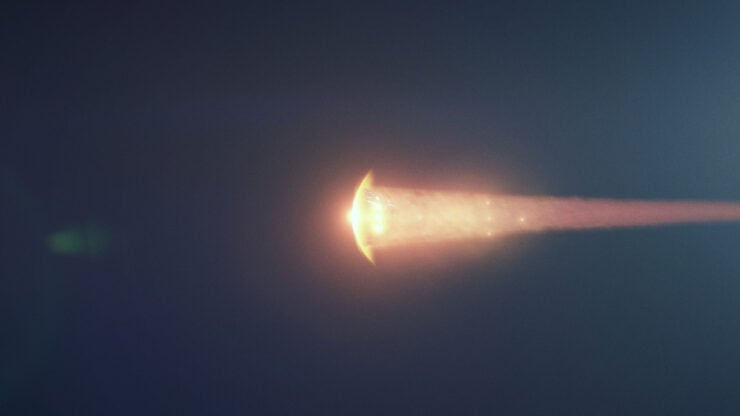
 Universe Today
Universe Today
 Newsweek
Newsweek
 Interesting Engineering
Interesting Engineering
 Science X Network
Science X Network
NASA Conducts Super Pressure Balloon Flights from New Zealand for Atmospheric Research
NASA launched two super pressure balloons from Wānaka, New Zealand, in April and May 2025. The first flight, carrying the HIWIND mission, was terminated after 17 days due to a leak, though it achieved its minimum requirements. The second flight aims to extend mission duration and support ongoing scientific measurements of the Earth's atmosphere. The balloon flights are part of NASA's long-term testing of super pressure balloon technology.
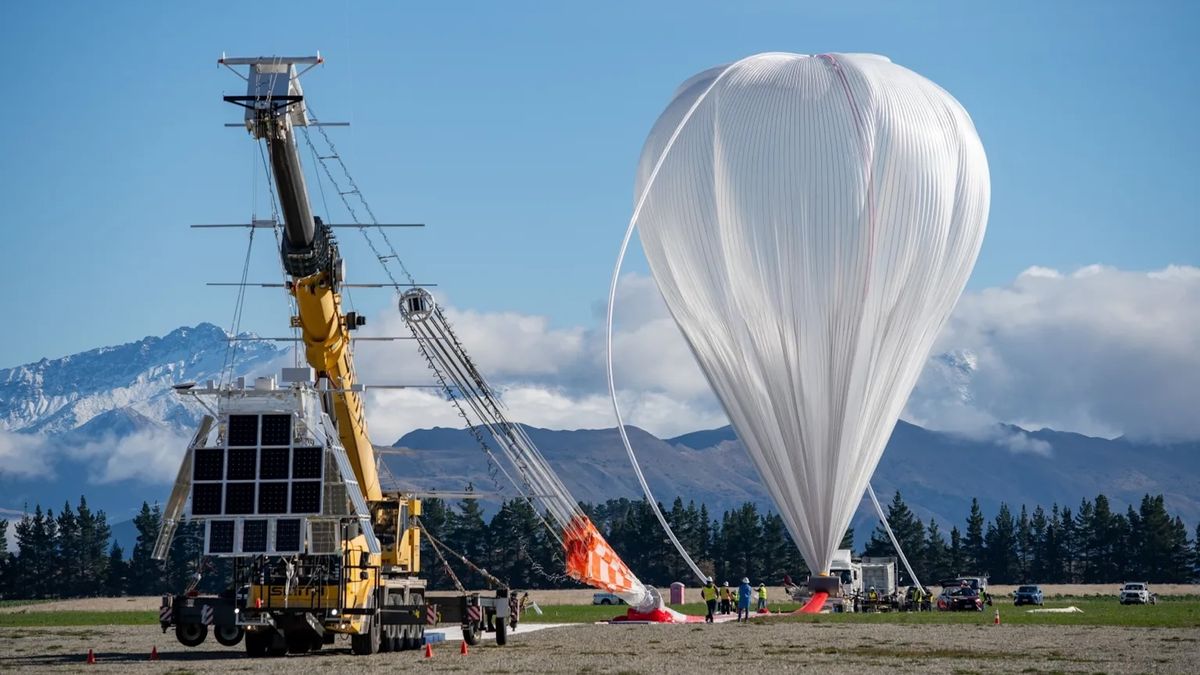
 Live Science
Live Science
 NASA (.gov)
NASA (.gov)
 Lakes Weekly Bulletin
Lakes Weekly Bulletin
 Otago Daily Times
Otago Daily Times
Pulsar Impact Likely Caused Fracture in Milky Way's Giant 'Cosmic Bone'
Using NASA's Chandra X-ray Observatory and radio telescopes, astronomers have found that a high-speed pulsar likely collided with a large cosmic filament (dubbed 'The Snake' or G359.13) near the Milky Way's center. This impact caused a visible fracture in the filament, distorting its magnetic field and radio signals. The findings shed light on the interactions between celestial objects within our galaxy.
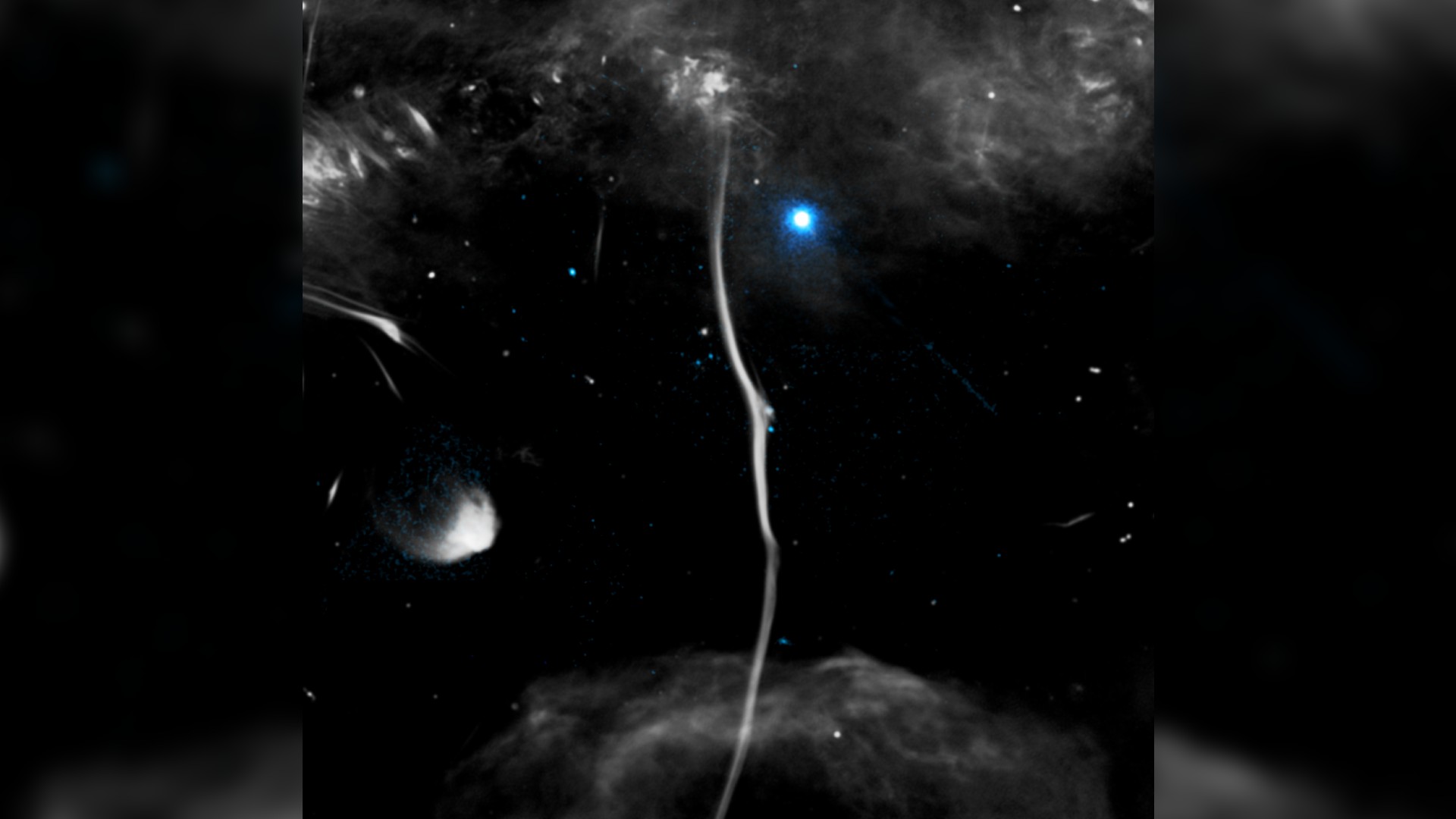
 Space
Space
 IFLScience
IFLScience
 NASA (.gov)
NASA (.gov)
 Mashable
Mashable
Laurie Leshin Steps Down as Director of NASA's Jet Propulsion Laboratory
Laurie Leshin announced her departure from NASA's Jet Propulsion Laboratory after three years as director. She will be replaced by David Gallagher. Leshin cites family and a desire to relaunch her research program at Caltech as reasons for her decision. During her tenure, JPL saw the launch of several significant missions.

 Space
Space
Giant Telescope Uses Lasers to Create Artificial Stars, Capturing Sharper Images
The UT4 telescope at the Paranal Observatory in Chile utilizes lasers to generate artificial stars, correcting for atmospheric distortion and capturing exceptionally sharp images. This adaptive optics system rivals space telescopes in clarity. The Very Large Telescope (VLT) array will be upgraded with more lasers, and the upcoming Extremely Large Telescope (ELT) will further advance ground-based astronomical research.
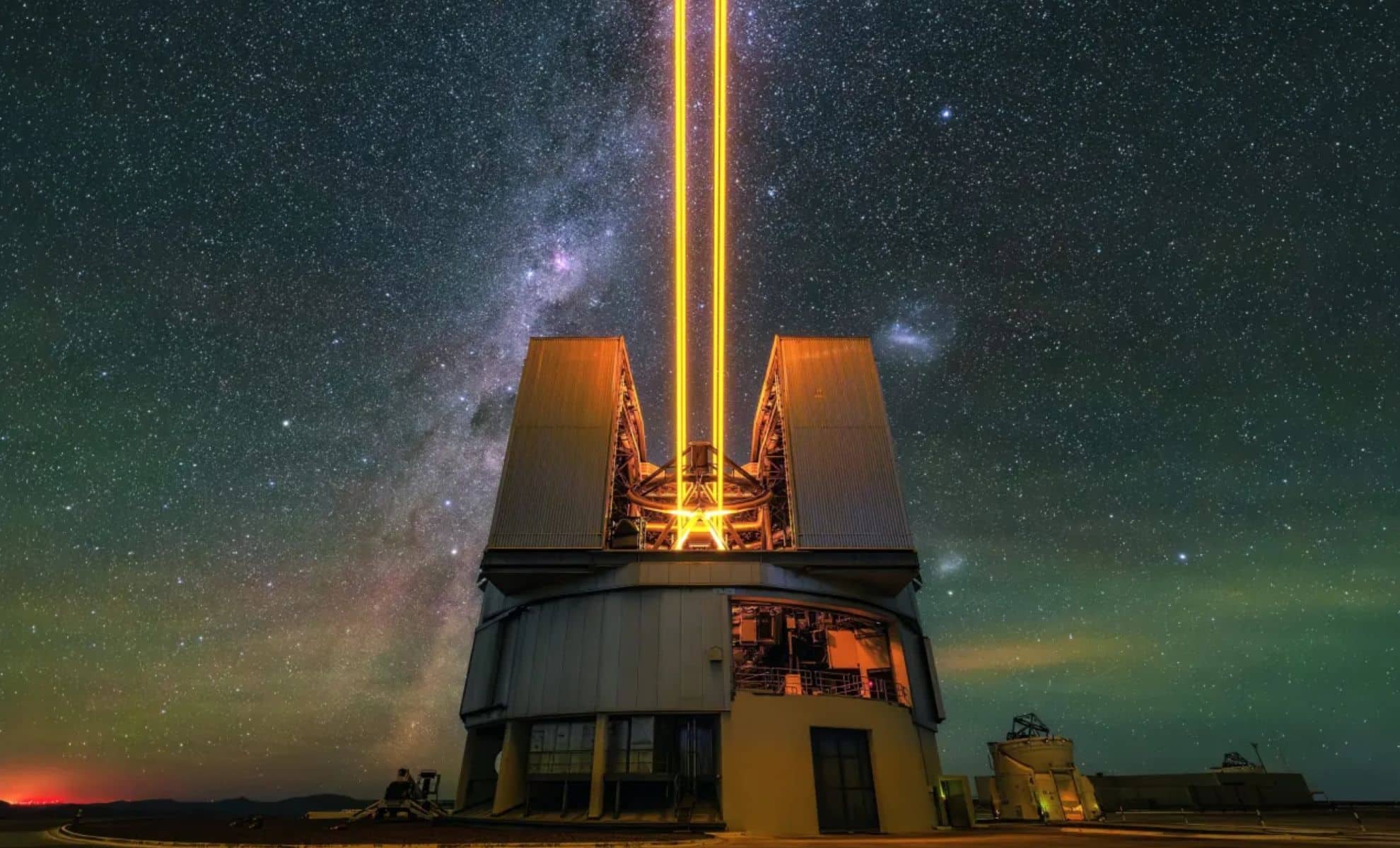
 The Daily Galaxy
The Daily Galaxy
 SciTechDaily
SciTechDaily
 SciTechDaily
SciTechDaily
Volcano Tsunami: Satellite Data Reveals Decade-Long Warning Before Disaster
A study of the 2018 Anak Krakatau eruption and subsequent tsunami reveals that the volcanic collapse was preceded by years of subtle ground movement. Researchers used InSAR satellite technology to analyze over a decade of data, finding significant acceleration just months before the eruption. Real-time monitoring of such movements could help predict future volcanic disasters.

 The Daily Galaxy
The Daily Galaxy
 SciTechDaily
SciTechDaily
 INSIGHTS IAS
INSIGHTS IAS
JWST Discovers Water Vapor in Haze-Free Atmosphere of Hot Sub-Neptune TOI-421 b
NASA's James Webb Space Telescope has provided unprecedented insights into the atmosphere of the exoplanet TOI-421 b, a hot sub-Neptune. Unlike many similar planets, TOI-421 b exhibits a haze-free atmosphere, allowing for the detection of water vapor, carbon monoxide, and sulfur dioxide. The findings challenge previous assumptions about sub-Neptune atmospheres and offer clues about their formation and evolution.
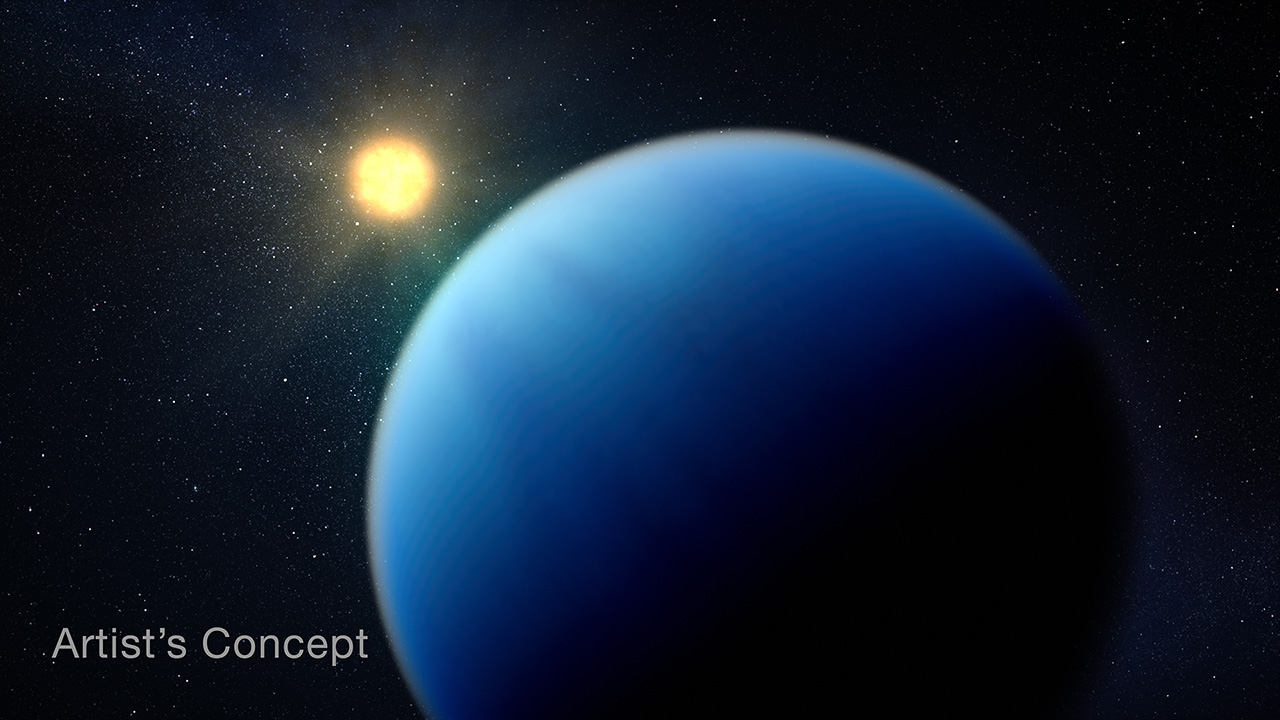
 Space
Space
 NASA Science (.gov)
NASA Science (.gov)
 ScienceAlert
ScienceAlert
 Newsweek
Newsweek
NASA's Telescopes Unveil Stunning 3D Visualization of Carina Nebula's Cosmic Cliffs
NASA has released a 3D visualization of the Cosmic Cliffs in the Carina Nebula, derived from James Webb Space Telescope data. The visualization brings to life a region of star birth, part of the nebula Gum 31, showcasing intricate details revealed by Hubble and Webb telescopes. The Carina Nebula, approximately 7,500 light-years away, continues to be a subject of astronomical exploration.
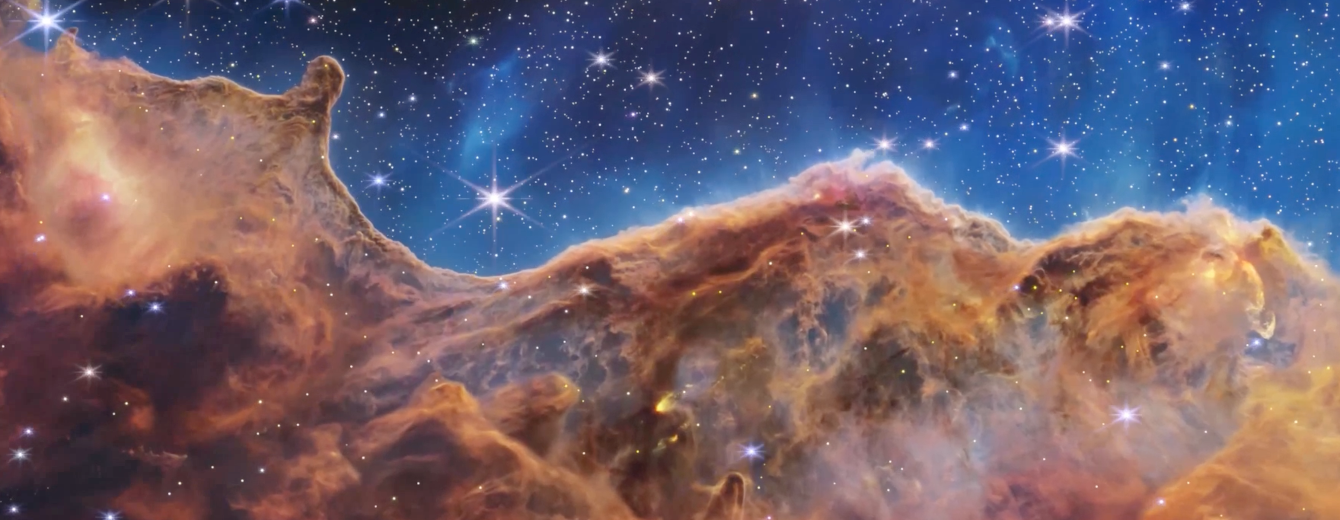
 Webb Home
Webb Home
 Phys.org
Phys.org
 DNA India
DNA India
 Times Now
Times Now
ALMA Captures Sharpest Images of Planet Formation, Challenging Existing Models
Recent ALMA observations provide unprecedented details of protoplanetary disks, challenging old models of star and planet formation. The data reveals the dynamics of gas and dust, influenced by emerging planets, highlighting how young stars gather material from their surroundings. These new insights promise a better understanding of habitable worlds and planetary system development.
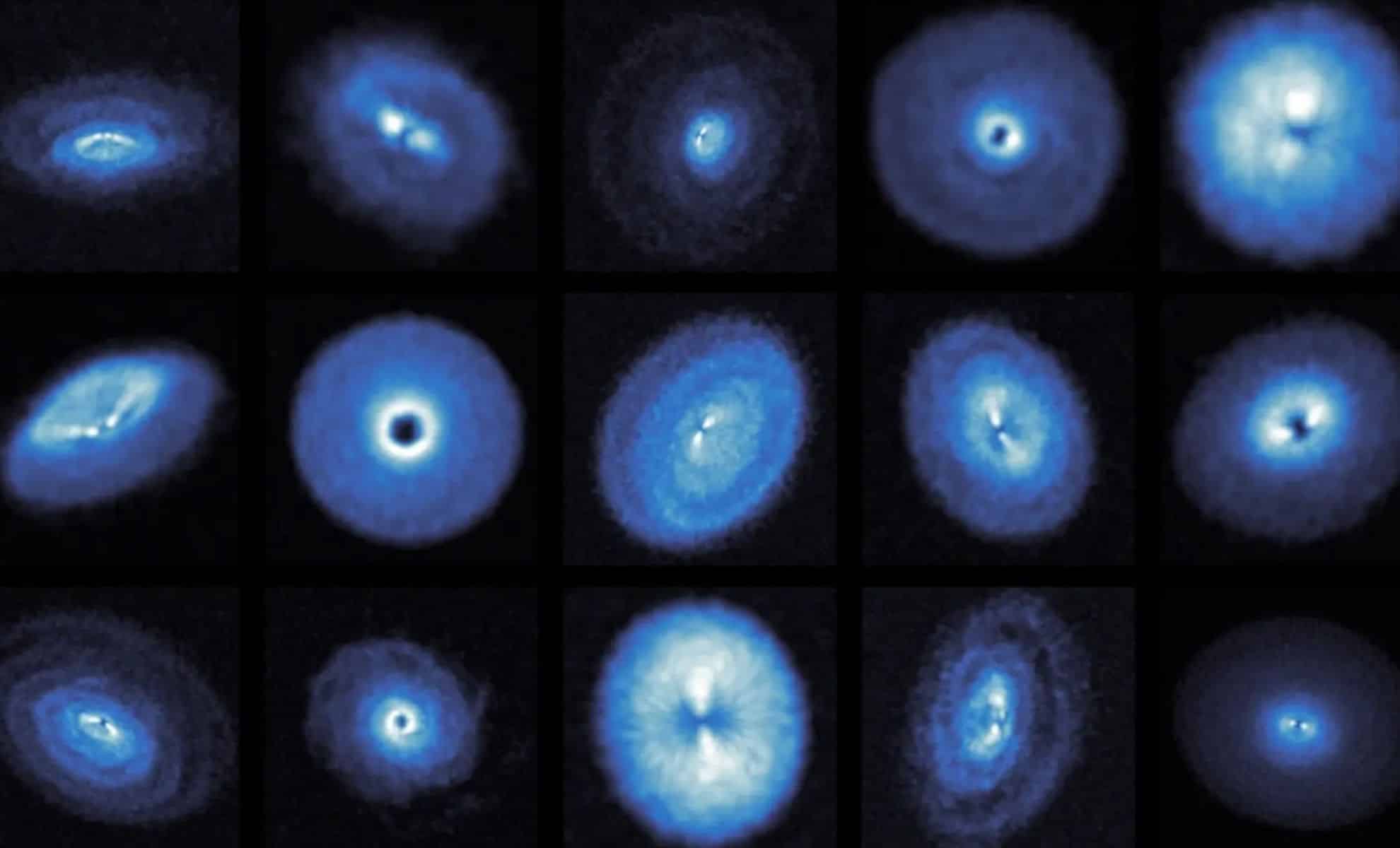
 The Daily Galaxy
The Daily Galaxy
 Space
Space
 Universe Today
Universe Today
 The Brighter Side of News
The Brighter Side of News
Humans Have Only Visually Explored 0.001% of Deep Seafloor: Study
A recent study reveals that humanity has visually explored a minuscule portion (0.001%) of the deep seafloor, an area roughly the size of Rhode Island. This limited exploration raises concerns about making informed decisions regarding climate change, deep-sea mining, and biodiversity assessments, emphasizing the need for further research and exploration of this vast, critical ecosystem.
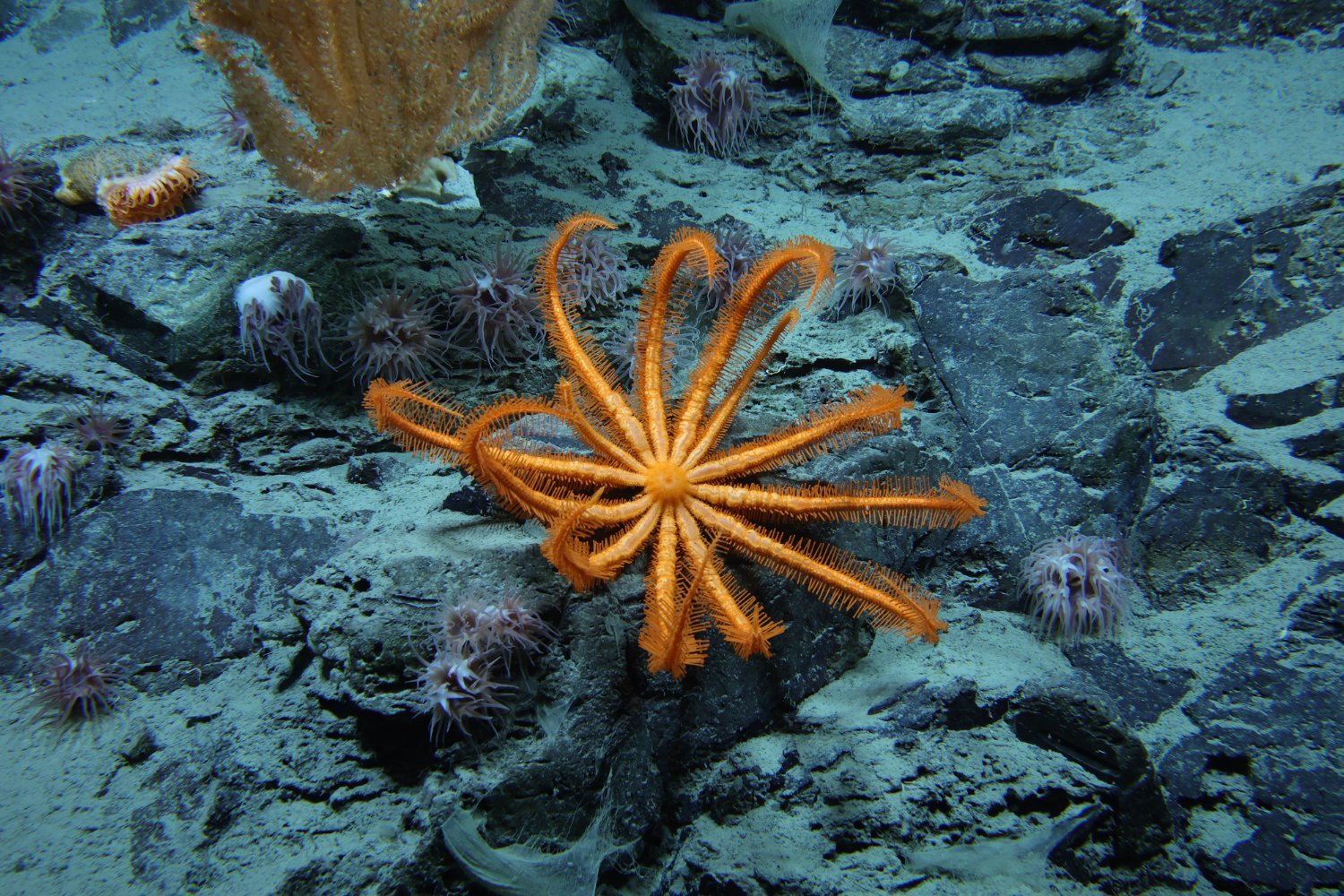
 Gizmodo
Gizmodo
 Time Magazine
Time Magazine
 NPR
NPR
 The New York Times
The New York Times
NASA Receives Artemis 2 Orion Spacecraft for Lunar Mission Preparations
Lockheed Martin handed over the Artemis 2 Orion spacecraft to NASA at Kennedy Space Center on May 1, 2025. The spacecraft, intended to fly astronauts around the moon, represents a crucial advancement in lunar exploration efforts. The Artemis 2 mission includes astronauts from NASA and the Canadian Space Agency and is a major step towards establishing a long-term lunar presence.
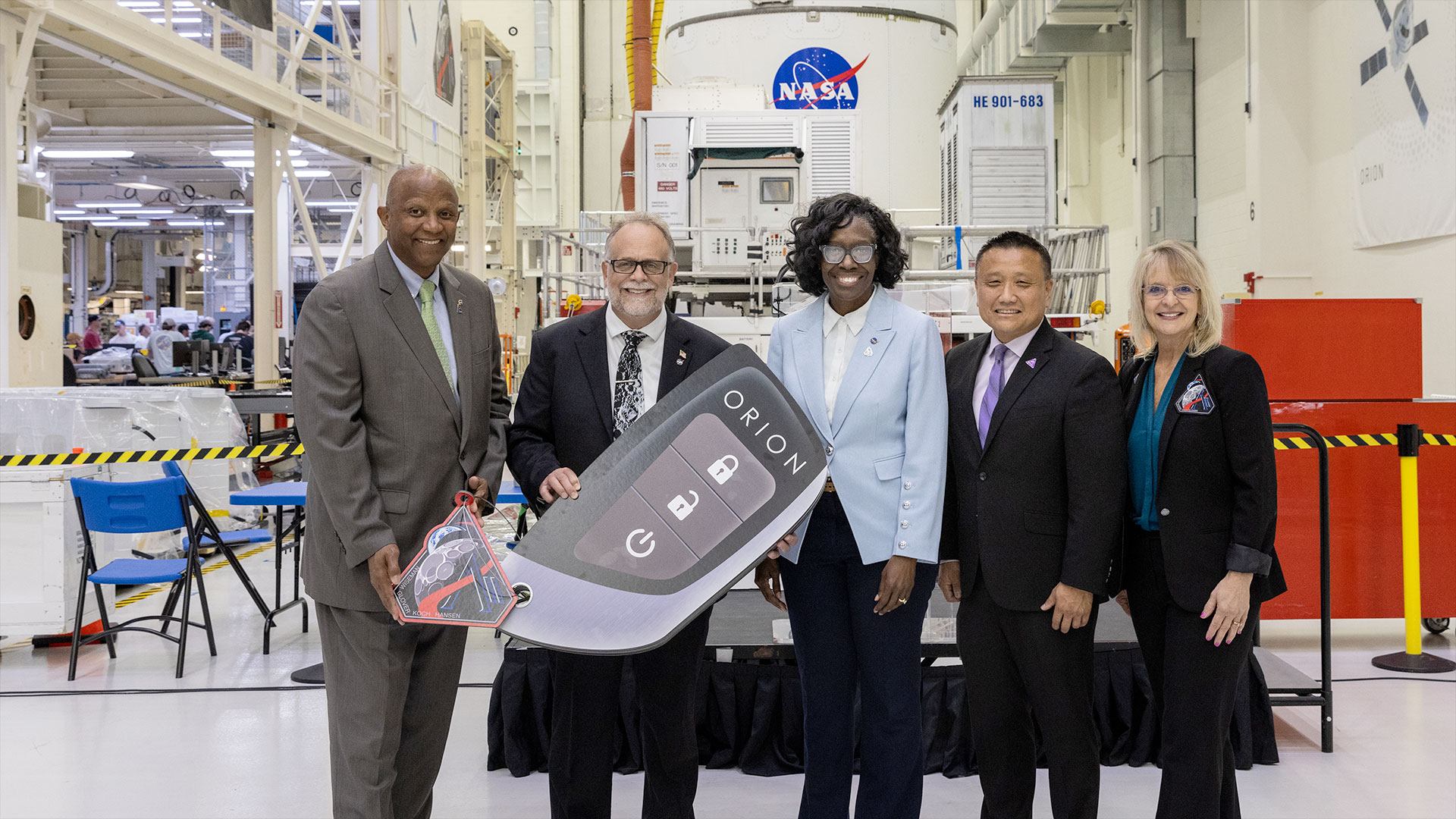
 Space
Space
NASA's Artemis II Mission Progresses with Spacecraft and Rocket Milestones
NASA's Artemis II mission, scheduled for early 2026, marks significant progress with the Orion spacecraft handover and SLS rocket assembly. Key milestones include integrating the ICPS with the SLS rocket and moving Orion for fueling. The mission, carrying four astronauts around the moon, faces challenges such as heat shield repairs and potential budget cuts affecting long-term goals.

 Space
Space
 NASA (.gov)
NASA (.gov)
 SpaceNews
SpaceNews
 Yahoo
Yahoo
Mars Soil Patterns Mirror Earth's, Suggesting Similar Climate History: NASA Findings
A NASA satellite has revealed Earth-like soil patterns on Mars, suggesting similar past climate conditions and the possibility of liquid water's role in shaping the planet. The wave-like landforms, known as solifluction lobes on Earth, are larger on Mars, possibly due to weaker gravity, and their discovery could provide insights into Martian history and potential for life.
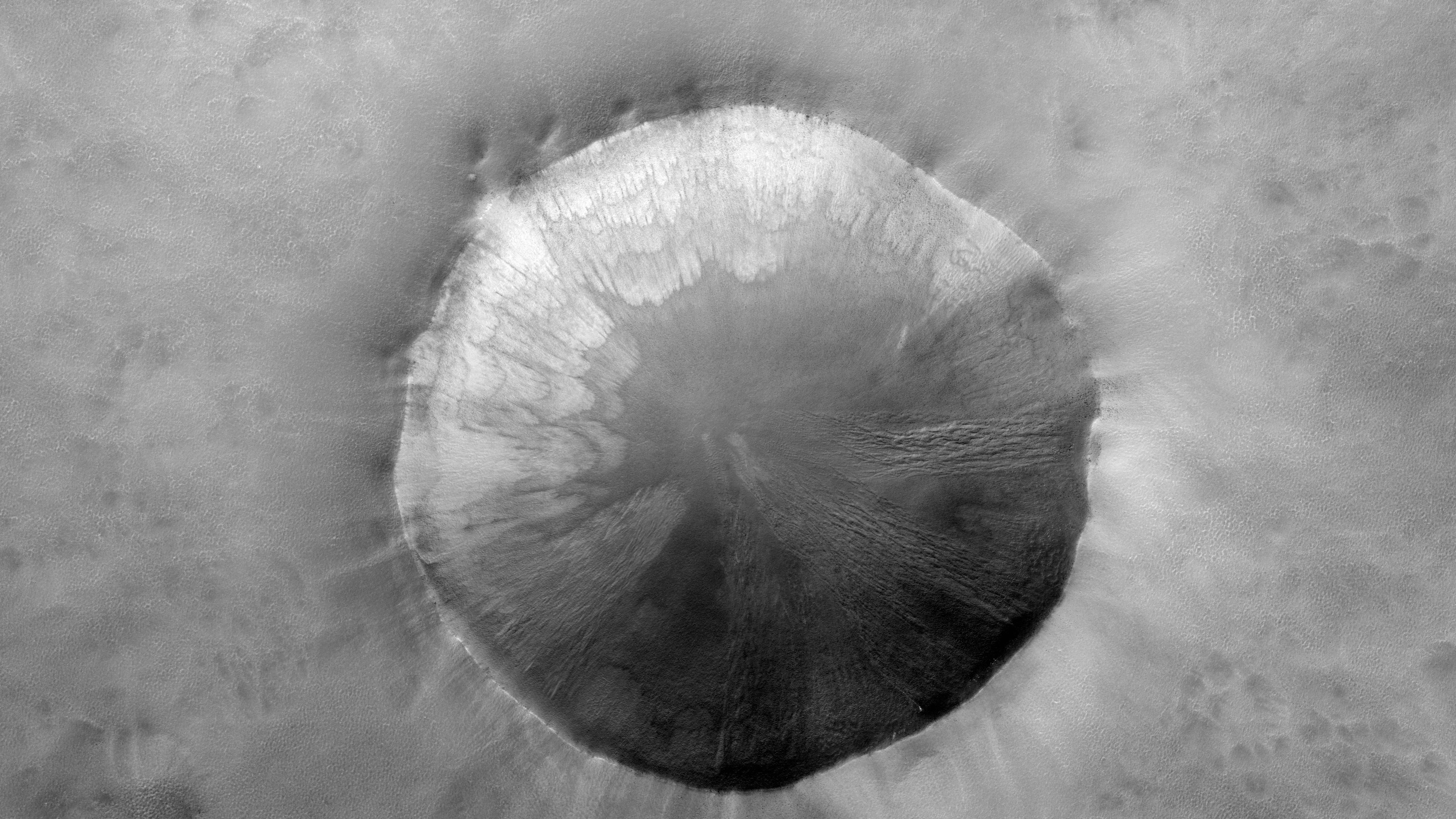
 Live Science
Live Science
NASA's Nighthawk Helicopter to Explore Mars for Signs of Life, Volcanic History
NASA's Nighthawk mission, spearheaded by Pascal Lee of the SETI Institute, plans to explore Mars' Eastern Noctis Labyrinthus using an advanced Mars Chopper drone. This region, known for its geological features, holds clues to Mars' past water activity, volcanic history, and potential for life. Nighthawk will surpass the Ingenuity helicopter with enhanced capabilities and scientific payloads.
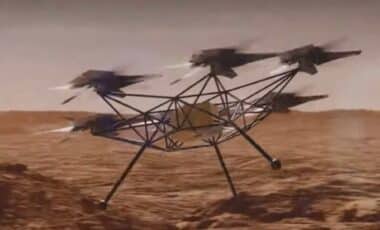
 The Daily Galaxy
The Daily Galaxy
